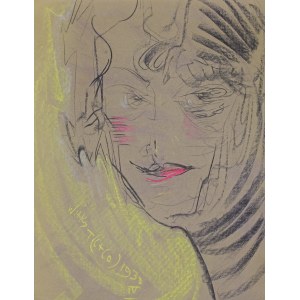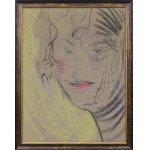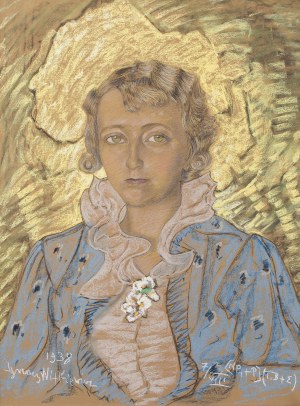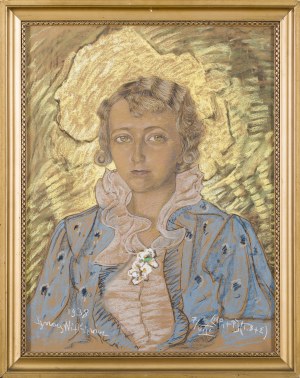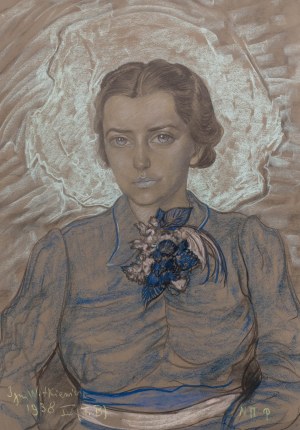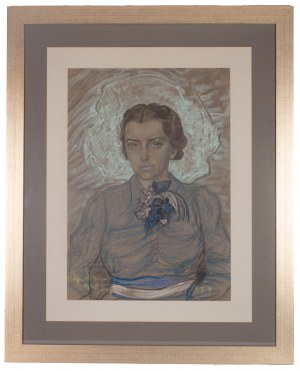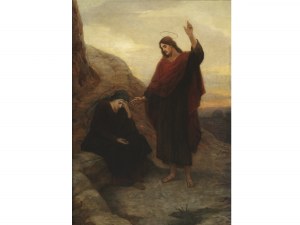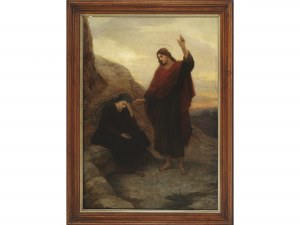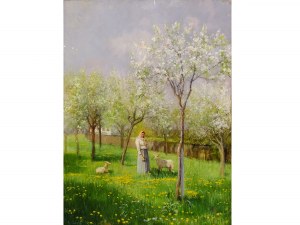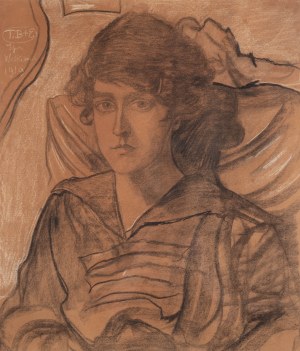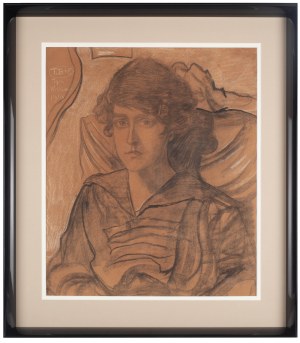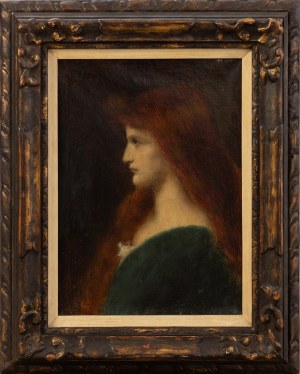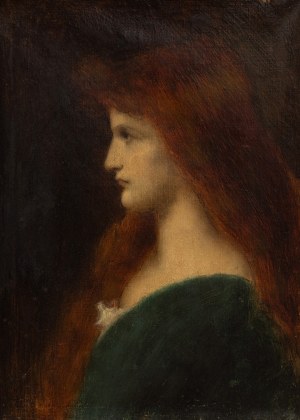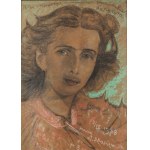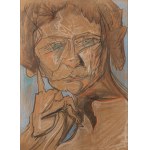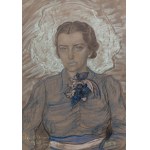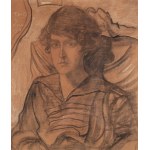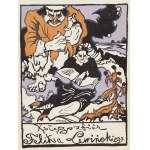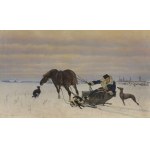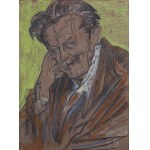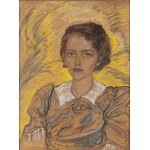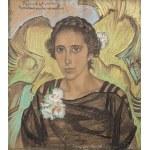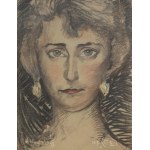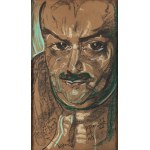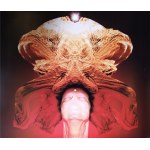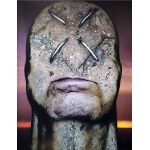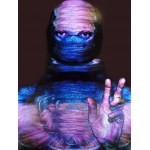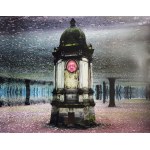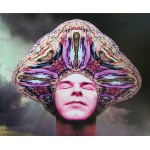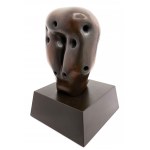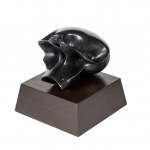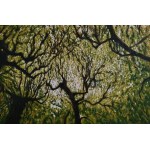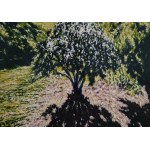65,1 x 50,0cm - pastel, paper glued on cardboard pastel on lilac paper glued on cardboard
signed at the bottom left obliquely: Witkacy T (C + Co) 1930 | IV
Agra-Art auction sticker from 2018 on the reverse.
Witkacy met Janina Turowska (1910-1944), known as Inka, at the end of 1928, who had already lived in Zakopane since 1922 with her mother Janina, a nurse at the Red Cross Sanatorium, and her older sister Felicia. Both maidens were at risk of tuberculosis, from which, incidentally, their father, Felicia, died (1919). The artist initially adored the older sister, but soon his chosen one was the younger one, who manifested acting skills and studied dance at Rita Sacchetto's ballet school. Witkacy, enchanted by the beauty and charm of the young Inca, even thought about divorcing his wife to marry her. However, the girl eventually chose the philosopher Jan Leszczynski, a friend of the artist and professor at the Jagiellonian University in Krakow, with whom she married on March 20, 1933. This caused Witkacy to break off his social relations with both of them for more than four years. Before that, the artist spent a lot of time with Inka and made nearly 50 portraits of her - both realistic, paying homage to her beauty, and deformed to varying degrees.
April 1930 was a period of unusually intense experimentation by Witkacy with drugs, and the more than 50 portraits of various people made in that one month are among the most expressive in his oeuvre. They also include eight images of Inka Turowska. The portrait under discussion is one of them.
According to the annotation next to the signature, the artist categorized this portrait as Category C, and painted it under the influence of cocaine (abbreviated "Co"). According to the Portrait Company's regulations, portraits of this type presupposed "subjective characterization of the model" and "intensifications both formal and psychological." Indeed - the model's face was transformed, although her features remained recognizable - her blue eyes, red lips and short hairstyle with a parting in the middle are familiar from her other portraits and photographs. The sketchy execution and interesting composition - the depiction of the head alone in the so-called tight frame, i.e. without its upper part and left side, increases the expression of the image and creates the impression as if the model is looking at the viewer from behind a window frame. The slight expression of disapproval painted on her face suggests that she is not very happy with what she has just seen. Perhaps - she didn't like the state of the artist after taking the drug and didn't want to be portrayed in this situation?
Thus, the portrait is not only an interesting work by Witkacy and a striking image of a woman close to him, but also a record of the artist's life during a period when he was creating very intensely.
According to the expert opinion of Dr. Anna Żakiewicz
Stanisław Ignacy Witkiewicz (Warsaw 1885 - Jeziory in Volhynia 1939) was educated at home under his father, Stanisław Witkiewicz. In 1903 he passed his high school diploma in Lviv. In 1904 he began traveling, including to Vienna, Italy, Munich, Paris and London. Between 1904 and 1910 he studied at the Academy of Fine Arts in Cracow with Prof. Jozef Mehoffer, interrupted by periods of study with Władysław Ślewiński. In 1914 he left with Bronislaw Malinowski's expedition to Australia, and from there went directly to St. Petersburg, where he enlisted in the Russian army after the outbreak of WWI. In Russia, he witnessed the Bolshevik Revolution.
After returning to the country in 1918, he became a member of the "Formists" group, with which he exhibited from 1918 to 1922. In the painting of this period, he came closest to putting into practice his own theory of Pure Form, formulated during the war (it also applied to drama). Along with Leon Chwistek, he was the main theoretician of the grouping. After 1924, he operated as a one-man "Portrait Company of S. I. Witkiewicz'' making commissioned portraits. At the same time, he continued his literary (dramas, novels) and philosophical work, but above all he practiced the "art of living" that united all forms of his activity, appreciated only at the end of the 20th century. He committed suicide at the beginning of World War II, the day after the Soviet aggression against Poland.
Recently viewed
Please log in to see lots list
Favourites
Please log in to see lots list



